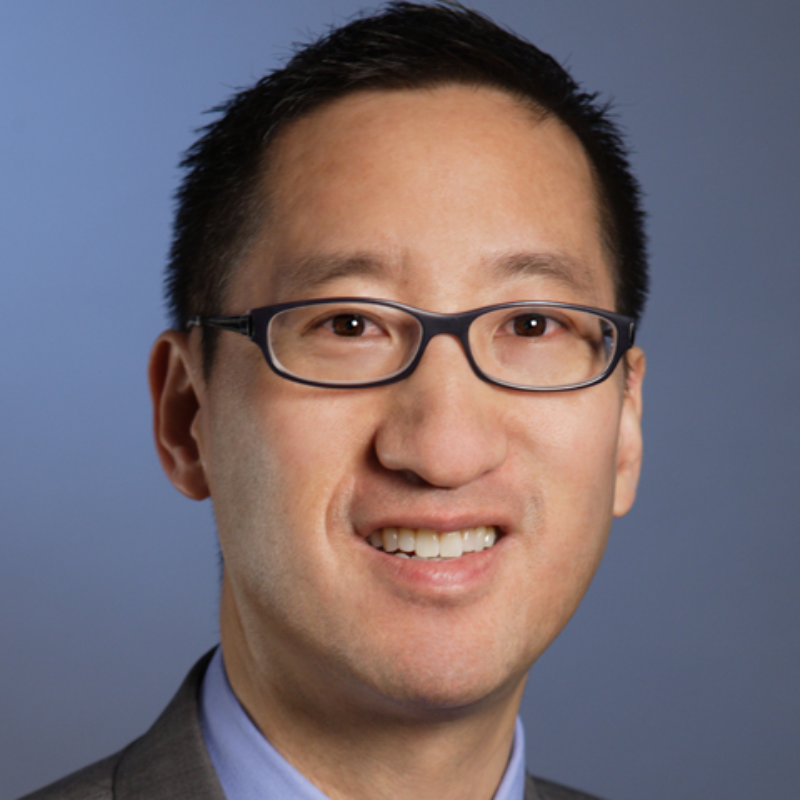Margarita has been funding the community organizing, as well as KDI's work, that led to the building of this park. She tells me that when the community first started talking about a park, she envisioned making improvements to the old, 300 square-foot pocket park mentioned by Violeta that had no lights. But the community wanted more. They wanted a five-acre park.
I've been to the Coachella Valley many times over the years for site visits. Every time I go to this desert place, I'm struck by the vast and visible wealth and racial inequities. Those inequities are in your face here, maybe more so than in most other places. It’s why Cal Wellness has supported underresourced communities in creating well-designed parks in neighborhoods that don’t have them – we know these parks help boost physical and mental health.
Driving through the affluent cities of Palm Springs, Rancho Mirage, and Indian Wells, I see lush landscaping, immaculate green lawns everywhere, water flowing out of fountains, and tall beautiful palm trees. An artificial world, like Disneyland sprawling across the desert. A world and economy dependent on high energy use, imported water and low-wage, immigrant Latino labor. Housekeepers, hotel and restaurant workers, home care workers, pool cleaners, gardeners and landscapers, construction workers, and further east, a host of farmworkers in the fields. Most of the employers of these workers don't provide health coverage, so they have to go to places like Coachella Valley Volunteers in Medicine to get health care.
Driving further southeast towards the Salton Sea to North Shore, the word that keeps popping into my mind is “post-apocalyptic,” like one of those Mad Max/Road Warrior movies. There are no sidewalks, no grass, or landscaping, and certainly no flowing water fountains. The few trees are mostly half dead, palm trees with no tops, or with trunks cut in half. On the way to the park, I drive by a sign for St. Anthony's mobile home park, which is operated by another of our grantees Pueblo Unido Community Development Corporation, led by Sergio Carranza. His organization works with residents of mobile home parks saddled with unsafe, makeshift drinking water or septic systems, just a few miles from places where a seemingly endless supply of water flows out of fountains and sprinklers for lawns and golf courses. KDI worked with Pueblo Unido to build a park at St. Anthony's featured in a glowing New York Times article in 2014.
I walk around North Shore Park and take in the sights. Kids playing everywhere, yelling with delight. Soccer fields, basketball courts, play and climbing structures, outdoor fitness equipment, a water play area, and several mounds or little hills, perfect for climbing and imaginative play. I think to myself "it's as nice a park as I've seen anywhere." And then it hits me – this is what equity is all about. All kids and families deserve a place like this, even in one of the most isolated communities in California.
It's not every day I get such a tangible reminder of why all of us here at Cal Wellness do the work we do. Seeing this place now, and knowing what it looked like before, it's a miracle. Just one of many miracles created by the hard work of all our grantees like KDI, Pueblo Unido, CVVIM and the people with whom they partner. Goosebumps.

